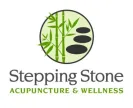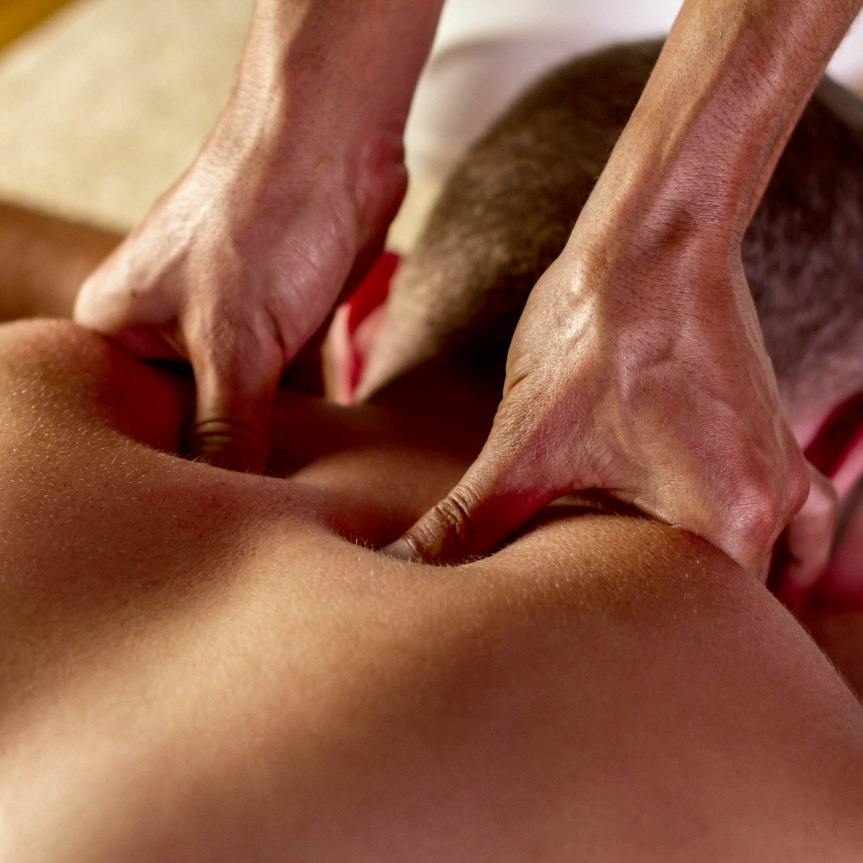By Sunny Connor, LMT
For the past 18 plus years I have been a Licensed Massage Therapist with multiple Certificates in a variety of avenues of bodywork. I have earned over 2,800 hours of classroom education plus a plethora of hours spent researching, networking, and listening to a wide variety of subjects pertaining to the body. I believe research is power as well as the avenue to afford my clients the most up-to-date, accurate, and meaningful treatments and guidance I am able to disseminate.
I have been asked, more than a few times, why I put in so much time and energy into massage because, “…you’re only rubbing the body.” I am here to tell you MASSAGE IS NOT JUST A “RUB”. Massage affects EVERY area of your body. Every organ from your skin (which is the largest organ of the body) to your muscle tissue, to your vascular and lymphatic systems, to internal organs, to bones and, yes, even your brain. Massage increases the circulation of blood and fluids throughout the body. It aids in removing toxins from the body, increases oxygen, releases and increases serotonin and dopamine, as well as boosting endorphins and oxytocin. Massage makes you feel relaxed. Massage releases adhesed (stuck) tissue which can prevent injury and has the capability of helping to heal the body as well as the mind.
Licensed Massage Therapists are required to attend an accredited school where there are classes in anatomy and physiology (I and II), massage techniques like Swedish and Deep Tissue (some offer a wider variety as well), first aid and CPR, business classes and more. Each State has a minimum hour requirement in order to obtain a license. Massachusetts’ minimum requirement is 650 hours of practical training. Some massage schools require the minimum of hours and some, like The Bancroft School of Massage Therapy in Worcester, where I attended, require a great deal more (864.5 hours).
While in school, those training to become a massage therapist are also required to practice every hand stroke, every technique, every body position for their client as well as themselves. Students practice on each other, their teachers, their family, their friends and then, finally, in a controlled clinical setting. Students do internships and externships. They volunteer at marathons, trade shows, sports competitions, businesses and more. Each and every experience is a very practical means in which to observe, learn and grow.
Some time closer to graduation, students may begin to take classes in other areas of bodywork that use the foundation of their massage school teachings. These classes can be in learning how to use tools like in cupping and gua sha, acupressure, polarity, energy work, other types of massage or CranioSacral Therapy, to name but a few. Some therapists choose to expand their knowledge to specialize and continue with classes, others do not, but upon graduating from massage school, we all have the minimum of 650 hours of education as a strong foundation with which to grow. Some massage therapists opt to sit for the National Massage Therapy exam while others do not.
So you see, massage is not “just a rub”. It is a well thought out discipline of science that has the capability to either help or hurt, heal or disrupt, relax or put you on edge. Choose your therapist wisely and make sure he or she is a qualified licensed massage therapist that listens to your words and to your body. That way, everybody wins.


